This is what it’s like to have horses:
You get up in the morning. (Some people do this earlier than I do. Let me just explain that I get up WAY earlier than I would if I didn’t know people (horses) were out there in the frost starving. And though I may lie abed until it’s no longer dark outside, I am up and stumbling around way before it’s warm, which doesn’t happen till about May around here).
You pull on your running pants and a ratty navy blue shaker sweater (which you still love), then pour yourself down the stairs where you pull on your new, toasty lined coveralls and warm boots. No. Wait. First you have to go back upstairs and get the cell phone which is supposed to be plugged into the charger—where, of course, it never is. Then you clatter back downstairs to tear the house apart looking for the dang phone. (Repeat these steps until the cell phone is found. By this time, you will be very, very warm.)
With phone in hand, put on your heavy duty, rootin’ tootin’, LLBean, Thinsulate and plaid flannel lined denim field coat with the corduroy cuffs (that are pretty much worn through. I love this coat) and your neck warmer and your ear warmers and your hat and your gloves. Then you pull your keys off the hook, and you can go on outside to the car.
Self Portrait #1: In the window of the Sienna
Everybody scrapes windshields in the morning. You already know that part.
Then you drive down Center, hoping the heater will start working before you get to the barn.
It doesn’t.
You carefully seek the least icy place to park—something within jogging distance of your gate. You finally climb the gate and trudge through the snow (wishing you’d brought your camera) down the long, long snow drifted driveway.
Self portrait #2: on the driveway (note the tire tracks)
It is at this point that you find the Sick Horse.
You know that he is sick because when he sees you coming, instead of heading for the barn where he will beg for breakfast, he lies down in the snow.
This is not good.
You continue on your way, hoping he’ll get the “I’m going to the barn” part and follow you. But with every step you take, you are trying to ignore a growing sense that what might have turned out to be a really nice day isn’t going to.
You get into the barn and ring the cow bell, which is to say: “I’m serious about dispensing hay, here.” And you peek out to see what the Sick Horse is now doing. Well, he’s galloping. He hardly ever gallops. But here he comes, thundering down the pasture. So you breathe a sigh of relief, while somewhere down deep inside, part of you knows you’re kidding yourself.
Everyone is eager to eat. This is good. Four little equine piggies. You measure out the hay and sling it expertly into the feeders. But the Sick Horse, now standing in his stall, looks down at his hay and decides he doesn’t want it after all.
In fact, he is now looking for a nice place inside the tiny twelve by twelve stall to lie down. Lie DOWN? It’s then that you get really scared, and you touch him all over and find that his chest is wet with sweat (could it just be snow?), and you listen with your ear to his sides, and you hear no grumbling in the gut, which is really, really not good, and when, the moment you let him go, he starts looking for another place to lie down, you go for your medical box.
As if that’s going to help. You take his temperature. You check his gum color and his capillary refill time. You want to count his breathing, but you don’t have a second hand or a stop watch or even an alarm on the cell phone. Stupid cell phone.
By this time, you suspect that you are walking in circles and breathing too fast, so you call one of your best buddies, the horse guru/vet nurse, who is attending a really fun horse event hours away (which you were supposed to go to, but did not because there was already too on the family’s plate, and besides, you are leaving for Texas on Wednesday). She reminds you about all the things you need to check – including heart rate. And since you have a stethoscope (not a great one), you try to find the heart beat with it, even if you have no stop watch, no cell phone with a timer, nothing with a second hand.
After twenty minutes of testing every known heart-beat revealing site known to man, you still cannot find anything.
Then you call your Home Hero, who immediately goes out to get the Suburban started and shows up WITH HIS COMPUTER so you can time the respiration and the heart rate, assuming you ever find it (you really, really need a stop watch). He then starts to dig the horse trailer out of the snow, while you yell to the neighbor next door, a true equestrian, who shows up and looks over the Sick Horse (because now we know he really is one) and speaks the words you have been trying not to hear in your head. Colic. Vet. Go. Then he stays to help dig and hitch up – both the trailer and your flagging spirits.
This is a neighbor, but not the neighbor of this story. This is the snow moving neighbor with the primeval snow moving machine. GO BOB. I do not have a picture of Stan digging us out.
Meanwhile, the Sick Horse drops a load of green horse muffins, which is very, very good news. It means his bowel isn’t twisted, not entirely at least. And he does it twice. Even so, while he has only actually lain down on the ground once, that horse has been shifting weight from side to side, trying to relieve the pain in his gut, which you are praying is only gas or something.
You insert the horse into the trailer (lucky for you, all your horses are good at doing this). You drive east on Center. Stop to put air in one of your eight tires (lucky for you the air is working at the gas station) and you get on the freeway, headed for the vet (lucky for you the fog’s burned off and all the heavy traffic is heading in the other direction).
The vet is a great guy. He can be sharp and impatient, but that’s because he’s got a job to do, and Stupid people tend to get in the way. This morning, vet staff are ready for you—the exam room door has been retracted, the nurse is there, everything ready. And the Sick Horse, even though this is his first time at this vet’s and he is feeling lousy along with being a great big coward, is good as gold and walks right in.
You help the vet put the Sick Horse in a sort of structural straight jacket (“the stocks”), a short, narrow, free standing stall made of heavy pipe, designed to make a horse stay put, which is not typical horse behavior.
As I do not have pictures of the vet doing the things I describe here, having left my camera in the barn in the hurry to get out, you are getting more fog pictures.
The vet will re-check everything you already checked (no, he does not trust you).
In the end, the vet gives your horse a shot of something very, very nice. Then he puts on a really, really, REALLY long plastic glove—finger tip to shoulder long—and then he sticks his hand INSIDE the horse. From behind.
You’ve seen how an accordion works. Horses work basically the same way. When you stick your arm up the wazoo from behind, they gather themselves all together, back humped WAY up. The look on the Sick Horse’s face at this point says only one thing: “woo-hoo-Hoo-HOO.”
The vet pulls out a huge, line-backer’s fist-sized green and solid piece of fecal impaction and shows it to you. This is the plug. The first in a line of many. In other words, your horse has been trying to pass a small bowling ball. The good news: the bowel has officially not twisted. The horse will probably live another day.
The bad news: they have to sedate the horse slightly, then stick a very large, very long piece of tubing into one of his roomy nostrils. They feed it up and inside. And they keep feeding it in and feeding it in. (Whoops, got caught on the wind pipe there for a second). Three or four feet of tubing, at least, up the nose and down all the way into the stomach.
The vet blows into the tube every so often as it goes in, and then sniffs his end of it—“He doesn’t smell too bad,” he happily informs you. And you are amazed once more that medicine is half voo-doo and half technology.
The tube is finally connected to a pump. One gallon of mineral oil, two gallons of water pumped straight into the stomach of the Sick Horse, who is evidently, at this point, feeling no pain.
After that it’s easy. Reload the horse in the trailer, pay the vet (wallowing on the ground in profoundly real and teary thanks, which you did NOT do at the mechanic’s day before yesterday when he replaced your Sienna’s rack and pinion assembly) and go home. To wait and see and hope it’s all over.
You pull up at your pasture, unload the Sick Horse, who steps coolly out of the trailer, straightening his polo shirt and asking, “Say there, chaps: what’s for breakfast?”
But you have to pick up every sliver of hay in the horses’ yard. You have to because the Sick Horse is not allowed to eat ANYTHING until you are quite sure he will not, in fact, die. You tie him up as you do this because he is determined to vacuum up said slivers before you can get to them. He becomes more and more disgruntled.
But you finish, letting in the other little equine vacuums to finish the job. Then you kiss the now Rambunctious Horse on the nose, set him free, and go home to clean the bathrooms.
(The bathrooms? That would be the faithful G. I’m writing this instead.)
This is neither the sick horse, nor the rambunctious horse. It is the snotty horse, who was supposed to be a pony but turned into this instead. This is later. When we are not so worried and have time to be disrespected.
And that is what it is like to own horses.
Post script: the Sick Horse is now the Lively Horse. All you need is a couple of hundred dollars, a great neighbor and a gallon of mineral oil. Call me next time you’re constipated.
I can’t decide which of these three I like. This is #1
This is #2
This is #3, which really is not just like #2. So whaddya think? None of them are right yet. One is too blue. One too dark. Tell me, tell me which one you like????

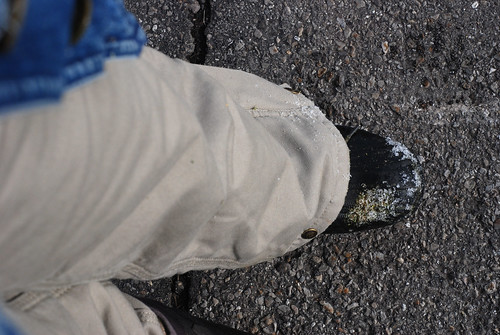
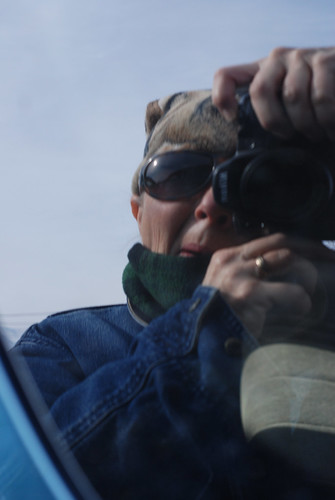
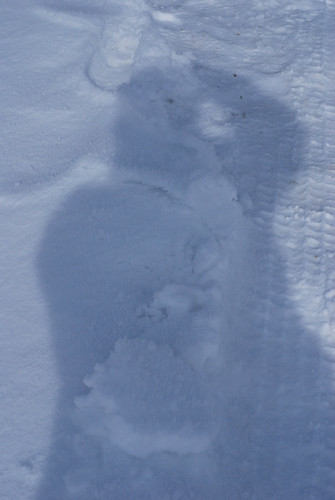



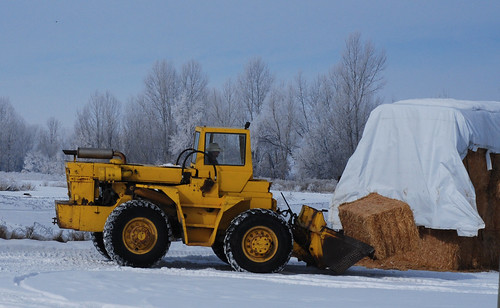







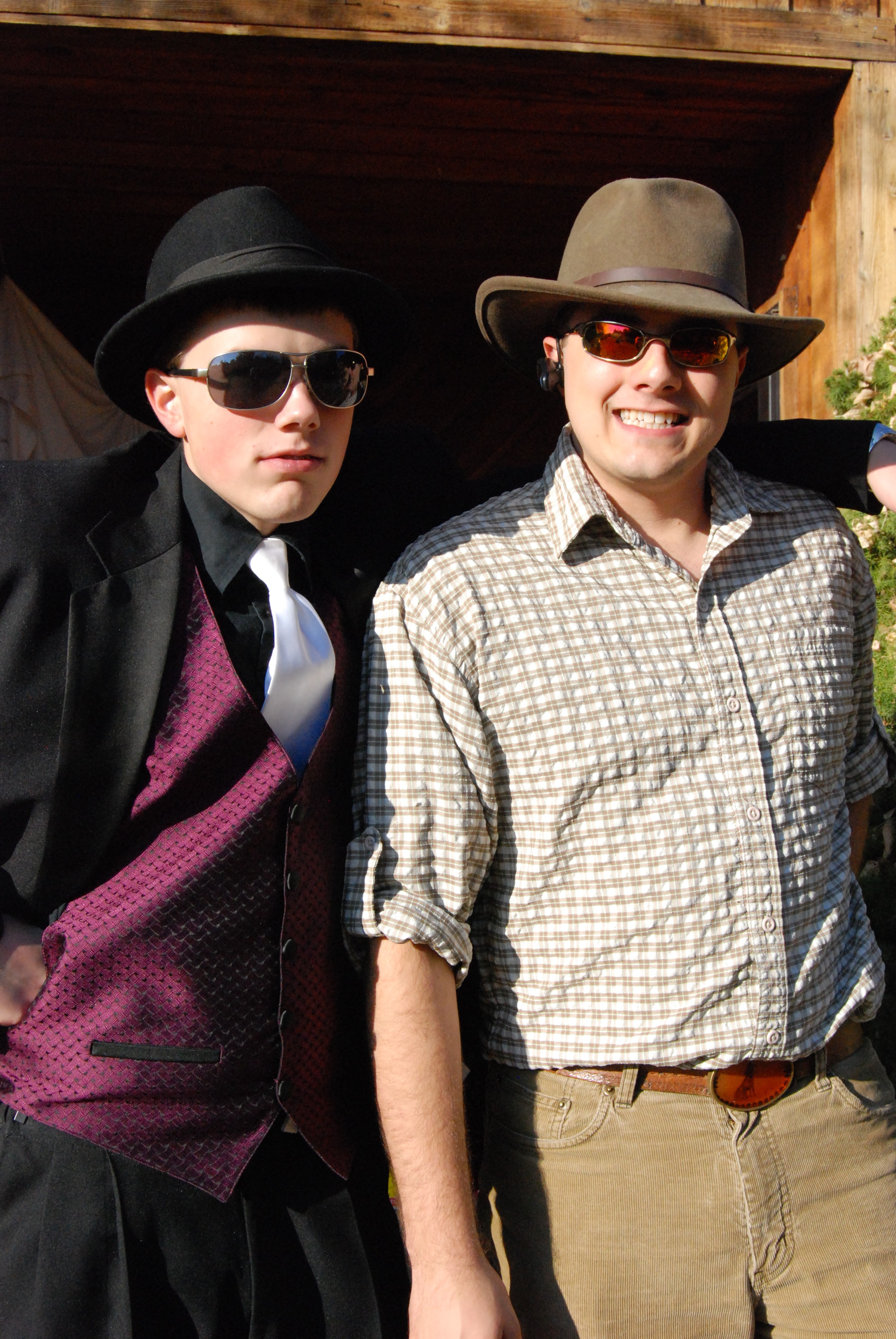
5 Responses to In case you were wondering